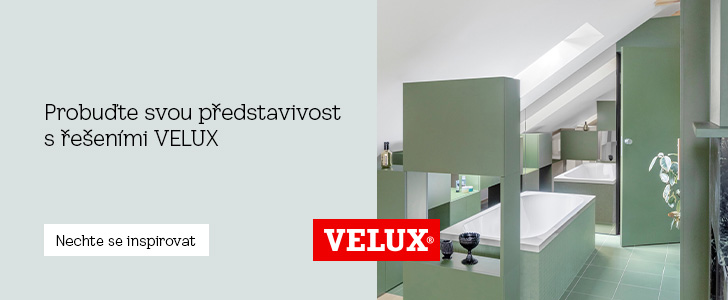
The Guggenheim Museum is calling for a special procedure, says former director
 |
| Thomas M. Messer |
According to Messer, preparing exhibitions in the gallery space, which its architect Frank Lloyd Wright designed in a spiral form, was challenging. "Normally you had a hall with a wall here and a wall on the other side. But you had to adapt to this architecture. If you were intrigued and made an effort to adapt, the result could be very dramatic. Over time, of course, I got used to it and became more or less an expert in this matter," noted the former director.
The acceptance of the building, which is now one of the most remarkable places in New York and a significant work of the famous American architect, was not unequivocal. "Of course, the reactions were critical because it was so unusual. The space definitely required a special approach. The ramp that led from top to bottom was not just like that. Frank Lloyd Wright, who was a great architect, was essentially an artist himself. He was not concerned whether it was easy to work in this space," said Messer. Over time, he noted, all critical voices dulled because the outcome was "very satisfying."
Messer was born in 1919 in Bratislava, but soon moved with his parents to Prague. At the beginning of World War II, he left under dramatic circumstances when the ship he was on was hit by a German torpedo, and he went to the United States for an exchange study program. Later, he enlisted in the army, participated in battles in Europe, and obtained American citizenship. He took over the Guggenheim Museum's management in 1961.
At that time, there were still doubts in the United States about the viability of a gallery in an unconventional building. Messer joined the museum with the aim of bringing important creators into it. "I also thought a lot about educating visitors. My exhibitions were often didactic. They tried to explain what it was all about. Modern art has always been difficult for the audience. They wanted explanations of what it means, what it is. Most of my exhibitions were designed in a way that allowed for certain explanations," Messer noted.
Among his greatest successes, he counts acquiring two significant collections from private collectors for the museum. The first was Peggy Guggenheim, the niece of industrialist Solomon Robert Guggenheim, whose foundation built the museum. Her collection located in Venice, Italy, is one of the most significant collections of European and American art from the first half of the 20th century.
In the second case, it was about artworks collected by Messer's neighbor, collector Justin K. Thannhauser. "He had a beautiful collection, which was contemporary, a bit also from the 19th century. I persuaded him to give that collection to the Guggenheim," Messer said, adding that it took several years of persuasion. He humorously remarked that it significantly affected his gray hairs.
During his tenure at the gallery, Messer met numerous artists. He was friends with prominent American sculptor Alexander Calder, whom he and his wife visited in France. He also had a very close relationship with French painter and sculptor Jean Dubuffet, the creator of the Art Brut style. "I consider him one of the most important contemporary artists," said the former director of the Guggenheim Museum.
The time he spent at its helm is very unusual by American standards. "I am still the only director of the Guggenheim who has lasted this long. And with whom they have lasted this long. That means I was satisfied with them and they were satisfied with me. Then I was over 65 years old, so I decided to retire," said Messer. Since then, the leadership of the institution has seen three directors already.
Messer noted that during his time at the museum, he naturally did not achieve everything he wanted. "I had various ambitions that didn't succeed, or that didn't reach what was important to me. But overall, a lot of what I aimed for worked out," he concluded.
The Guggenheim Museum was originally focused on the development of non-figurative art, but gradually became a gallery of modern art from Impressionism and Post-Impressionism to the latest artistic trends. During Messer's tenure, retrospectives of Paul Klee (1967) or Piet Mondrian (1971) gained great acclaim, as well as perspectives on some nonconformist personalities like German provocateur Joseph Beuys.
The English translation is powered by AI tool. Switch to Czech to view the original text source.











